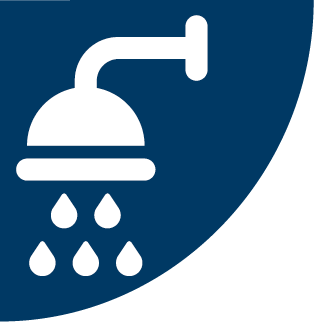NEWSWATCH
BACTERIA AND VIRUSES

CDC Report Focuses on Healthcare-associated Legionnaires’ Disease
The June issue of the monthly report
CDC Vital Signs
focuses on healthcare-associated Legionnaires’ disease and highlights the importance of developing, implementing, and maintaining effective water management programs to reduce the risk of Legionella
growing and spreading in building water systems. According to CDC, the size and complexity of water systems in healthcare facilities might increase the risk for Legionella
growth. In addition, these facilities care for people whose underlying risk factors might make them more susceptible to Legionnaires’ disease.
An early-release Morbidity and Mortality Weekly Report
(MMWR), part of June’s Vital Signs
, characterizes Legionnaires’ disease cases from the 21 U.S. jurisdictions—20 states and one large metropolitan area—that reported exposure information for more than 90 percent of Legionella
infections in 2015. Of the 2,809 Legionnaires’ disease cases reported, 85 were definitely and 468 were possibly healthcare-associated cases. CDC defines definite healthcare association as “hospitalization or long-term care facility residence for the entire 10 days preceding symptom onset,” and possible association as “any exposure to a healthcare facility for a portion of the 10 days preceding symptom onset.” The majority of definite healthcare-associated cases occurred in persons over 60 years of age, and 25 percent of those with definite healthcare-associated Legionnaires’ disease died.
“The high case fatality rate of healthcare-associated Legionnaires’ disease underscores the need for effective prevention and response programs,” the MMWR report reads.
In addition to the implementation and maintenance of water management programs, CDC stresses that rapid case identification and investigation could reduce the number of Legionnaires’ disease cases associated with healthcare facilities.
